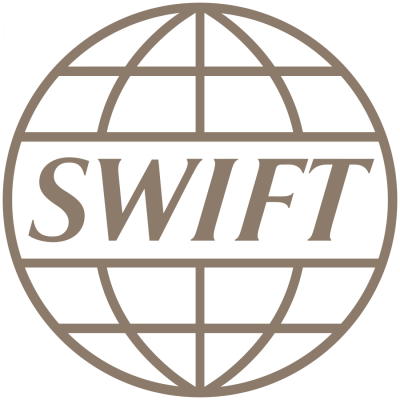The clear priority for the 8,000 delegates at Sibos 2015 – held in Singapore last October – was ISO 20022. That’s the standard that describes the metadata repository of descriptions for transactions messages for interbank and corporate treasury payments, securities and derivatives trades and — at some point in the future — retail payments.
Although ISO 20022 was introduced way back in 2004, the standard is only now going truly global. The Federal Reserve noted last year that Europe has taken the lead in implementation and has said it needs a strategy to implement it in the US. In Europe, meanwhile, the payments community is trying to prepare for their own version of Big Bang in November 2017 when payments in Target 2 — the European central banks settlements system — and STEP1 — Europe’s commercial payments system — migrate to ISO 20022.
And then there’s SEPA — the Single Euro Payments Area (SEPA) is a payment-integration initiative of the European Union for simplification of bank transfers denominated in euro. SEPA is a huge test for the banking industry because it involves 28 different banking markets within the European Union— and because it’s happening on top of ISO 20022.
A huge test not just for banks, but also the technology vendor community that serves the banking market. “A question we are getting from a lot of vendors right now is: ‘How can you help us implement SEPA?’,” says Marc Delbaere, the former IBMer who joined Swift in 2012 to launch MyStandards; Swift’s platform for sharing and testing the implementation of new standards, including ISO 20022.
Cloud libraries
MyStandards is cloud-based and contains libraries of message standards used by banks around the world that can be shared for “self service” testing by Swift members. “The idea is to put our members very much in the driving seat from a governance point of view,” says Delbaere. “As soon as content is published it can be tested, and we also wanted players to be able to define the customisation of the project.”
It has helped, he added, that for more than 20 years, Swift has stuck to an annual update of its messaging standards, released in November. This has enabled banks and their customers to confidently schedule their own changes and tests. “As soon as the annual standards review is published, banks can start testing,” said Delbaere.
Critically, banks using MyStandards can define rules for messaging formats according to different countries, allowing customer in those countries to test payments messaging with them. So far, said Delbaere, MyStandards has mapped around 1,000 variations in messages across banks, markets and instruments, which he estimates is around 50% of the universe. “It looks like a lot, but when you compare the differences they are mostly minor,” he says.
Technology vendors serving the payments marketplace can schedule their own releases and test them using the MyStandards libraries under license. At SIBOS in Singapore, for example, Hamburg-based PPI was showcasing its “test bank” product for ISO 20022, targeted at banks that want to offer help to corporate customers migrating to new payments formats. The test bank behaves just like the bank’s live systems in simulating payment runs. Customers submit files of payments via the bank’s website and the tests validate the supplied ISO 20022 formats.
According to PPI, its test product stand outs from its competitors because it can easily test negative scenarios; for example payments rejected because of processing errors or incorrect transaction details. The test bank can be hosted either by the bank or by PPI on a white label basis.
The challenge facing Swift and vendors alike is that the changes around ISO 20022, SEPA and STEOP1 are getting too numerous and too complex to be accommodated by Swift’s long-established annual review cycle. So Marc Delbaere and his 30-strong MyStandards team are planning to take the platform to the next level.
The key development already scheduled for 2016 will be the launch of a new MyStandards test bed for vendors. Beyond that, says Delbaere, Swift is working towards providing rule-based technology for additional testing by banks and their customers and publishing more technical standards in a machine-readable formats. That will develop into a full-fledged API service, he said, and fully-automated testing. Currently the MyStandards platform facilitates a combination of “brute force and automated builds” for tests.
Swift’s history as a co-operative organisation and its access to test libraries provided by its members is helping to smooth the path to automated testing, said Delbaere. “In payments, none of the banks are differentiating themselves with customers on the basis of their testing,” he said. “It falls under ‘collaborative innovation’”.





